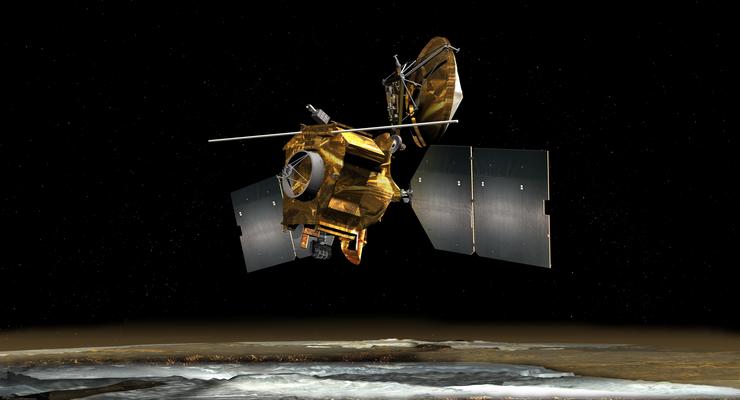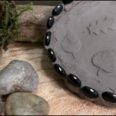
The orbiter’s new technique involves executing “very large rolls” of up to 120 degrees, allowing its Shallow Radar (SHARAD) instrument to capture unprecedented views beneath the Martian surface. According to a recent scientific paper, these rolls can strengthen the radar signal by up to tenfold, providing clearer images of Mars’ underground composition.
“Not only can you teach an old spacecraft new tricks, you can open up entirely new regions of the subsurface to explore by doing so,” said Gareth Morgan, a researcher with the Planetary Science Institute.
Reid Thomas, the orbiter’s project manager at JPL, explained the spacecraft’s unique design: “We’re unique in that the entire spacecraft and its software are designed to let us roll all the time.” Originally able to roll up to 30 degrees, the Mars Reconnaissance Orbiter now performs much larger maneuvers that require intricate planning and coordination of its five science instruments.
The SHARAD instrument can now peer between one to two kilometers below the Martian surface, distinguishing between rock, sand, and ice. This capability is crucial for identifying potential ice deposits that could support future human missions and provide insights into Mars’ climate and geological history.
The Mars Climate Sounder, another instrument on the orbiter, has adapted to aging hardware by leveraging these rolling capabilities. After its gimbal became unreliable in 2024, the instrument now relies on these rolls for surface views and calibration.
Currently, the mission limits itself to one or two of these advanced 120-degree rolls annually due to their complexity. The Mars Reconnaissance Orbiter represents a collaborative international effort, with the SHARAD instrument provided by the Italian Space Agency and operations led by Sapienza University of Rome.
This information comes from a NASA press release and a scientific paper published in the Planetary Science Journal, highlighting the ongoing achievements of Pasadena’s premier space research center.



















